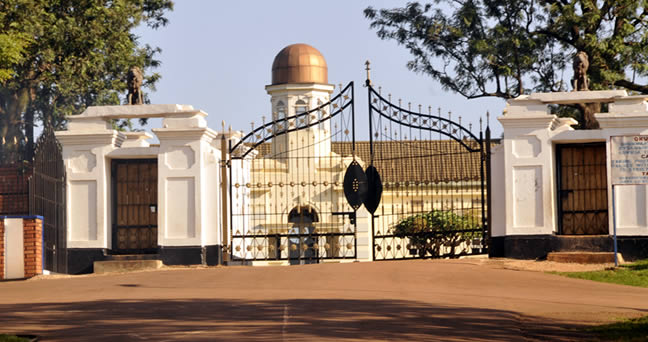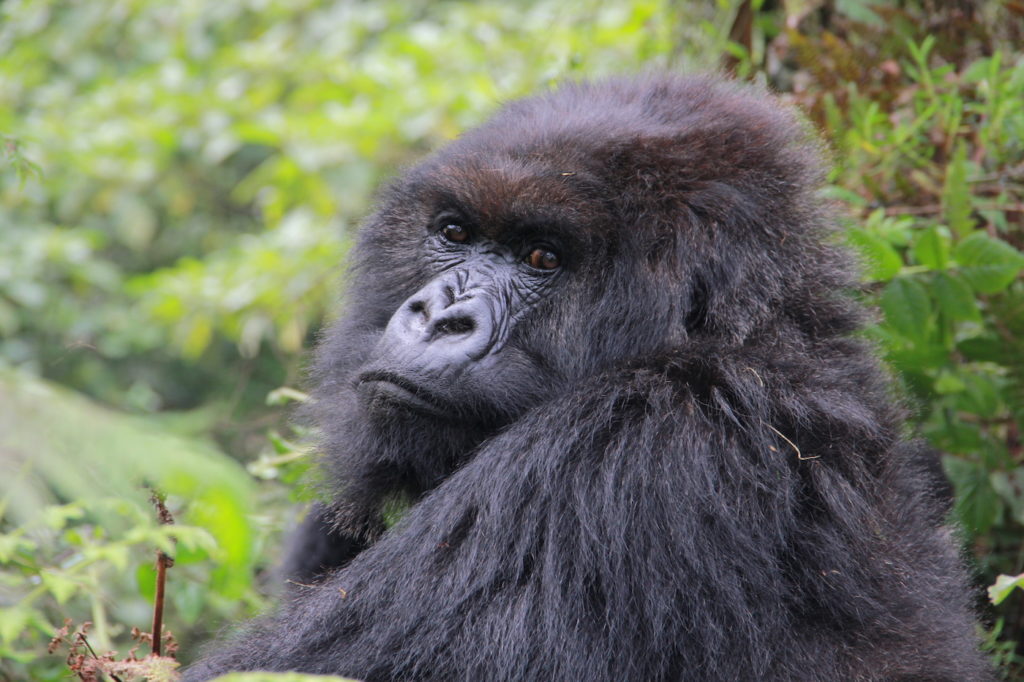BEST PLACES TO VISIT IN QUEEN ELIZABETH NATIONAL PARK
Queen Elizabeth National Park is understandably Uganda’s tourists’ gem. The Park was previously a grazing area for local people called Basongora pastoralists. When British explorers visited the area, both reported the area to have been largely depopulated as a result of cattle raiding (from the Bunyoro and Buganda kingdoms) and epidemics of rinderpest and smallpox.
Creation Of Queen Elizabeth National Park
Those who did remain were forced to turn to fishing. These events allowed the game populations to increase and vegetation to change significantly, and played an important role in determining the creation of the national park by the Protectorate administration. In 1906, the area to the north of Lake George was declared a Game Reserve, in order to prevent what some administrators believed to be unregulated hunting by Africans and Europeans and growing pressure for development of cotton and wheat production.
The National Park regulation was passed on 31st March 1952 and Queen Elizabeth National Park then, Kazinga National Park was legally gazetted later that year. As a result, the land area protected within the Lake George Game Reserve area was expanded considerably to include a large area to the east of Lake Edward and Kazinga Channel.
Where To Go On a Uganda Safari.
Some of the best places in Queen Elizabeth include:
Kazinga Channel
The Kazinga channel is a wide, 32-kilometer long channel connecting the two Lakes; Lake Gorge and Lake Edward. This channel is among the paramount features in Queen Elizabeth National Park. The channel has a wonderful view of the most important wildlife ventures within Queen Elizabeth National Park.
Kazinga channel bank is crammed with hippos, buffalos and water birds along with marabou storks, weaver birds. Elephants, Uganda Kobs also swam the banks of Kazinga channel, all you need to do is sit down in your boat cruise with your camera and enjoy your ride.
Mweya Peninsula
The Mweya Peninsula is located on the northern bank of the impressive Kazinga Channel at the convergence of the channel with Lake Edward.
Mweya is Queen Elizabeth National Park’s focal point, it contains a campsite, a luxury lodge, budget food options. It’s also packed with birds and animals, its being on high grounds commands exuberant views of Kazinga channel and surrounding Savanna.
The area of the Mweya peninsular includes the Channel Track all the way down to Katunguru gate, then across to Kabatoro gate which has a chunky ground cover with dense vegetation dominated by Candelabra Thorn. This dense vegetation cover actually makes Game viewing quite challenging in this area. There are a number of tracks for game drive which are followed and these are all well maintained. Following the signposting may be challenging from time to time and chances are that at one point you may lose track of your way.
Kyambura Gorge
The stunning Kyambura Gorge also known as the “Valley of Apes” is located in the furthest eastern corner of Queen Elizabeth National Park. The landscape is among the most impressive you will find on a Uganda safari and it is swarmed with rich wildlife bio-diversity that comprises of primates, wild animals and birds as well.
The gorge is best known for its chimpanzee tracking and habituation, though other primates and animals can also be spotted in the park.
Kasenyi Plains
The region around Kasenyi is actually an open savannah, and it is occupied with various wild animals with the Uganda safari Kob being the dominant animals. Actually, this place is the major breeding area for the Uganda Kobs within this park. For that reason, Lions are commonly seen here during the various game drives as they are drawn by the large Kobs population which is their main prey in this area.
Ishasha Sector
The Ishasha sector is notably recognized for its resident Tree climbing lions that are an exceptional attraction and one among the highlights on all safaris taken within Queen Elizabeth National park. In the southern section of this park, the Lions are now and again spotted hanging on branches of huge fig trees whereas the Uganda Kob (which are the major food to these lions) graze in the plains of the Ishasha sector.
In addition to the captivating population of the Tree Climbing Lions within the Ishasha visitor will also come across huge buffalo herds, numerous antelopes that keep crossing your path, there are also a couple of elephants that have actually settled within the Ishasha area.
Maramagambo Forest
The word “Maramagambo” was deduced from a traditional tale in which a team of young people got lost within the forest, and it actually took them a number of days to trace their path back to the local village from which these had come from. A kind of African-Hansel and Gretel Story; however, on returning back to the village these young people couldn’t speak for long since they were extremely worn out – hence the word “Maramagambo” for ‘the end of words’ region of Queen Elizabeth Park from the escarpment of Kichwamba all through to Lake Edward.
Lake George
Lake George is located in the western part of East Africa’s Rift Valley. The lake is small and shallow of approximately 250 sq km and a middling depth of just 2.4 meters.
The lake is supplied by several inflows from the extensive mountain Rwenzori ranges as well as from the northeastern agricultural area. however, the major inflows are Dura plus Mpanga from Northeast, in addition to Nsonge, Rumi, plus Mubuku from Rwenzori.
Lake Katwe
Lake Katwe is one of the most famous points in Queen Elizabeth and Uganda Safari tours. Local people also carry out salt mining around Lake Katwe. The neighboring Lake munyanyange is a bird sanctuary.


